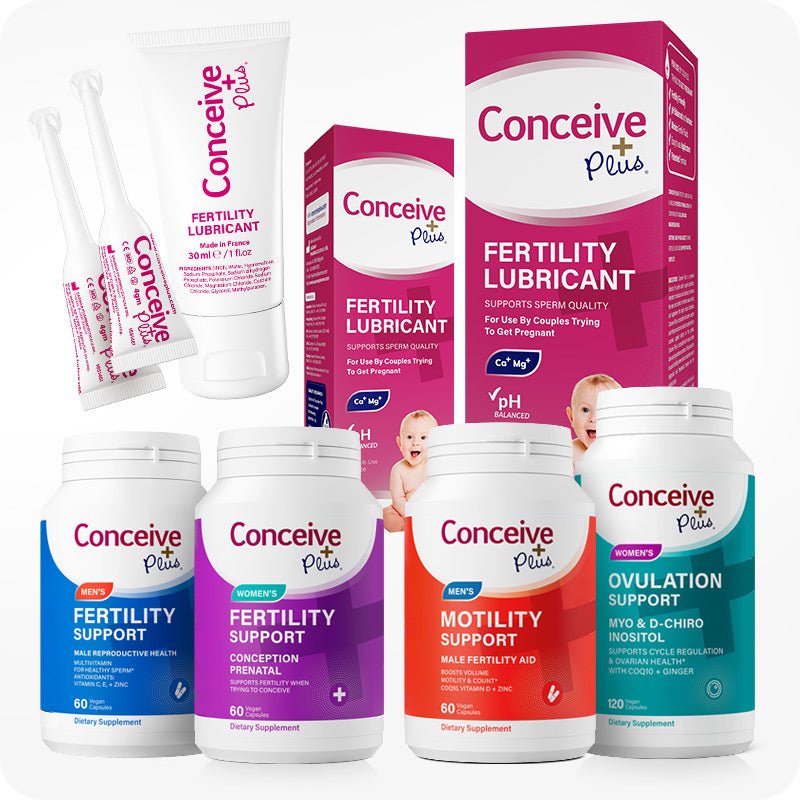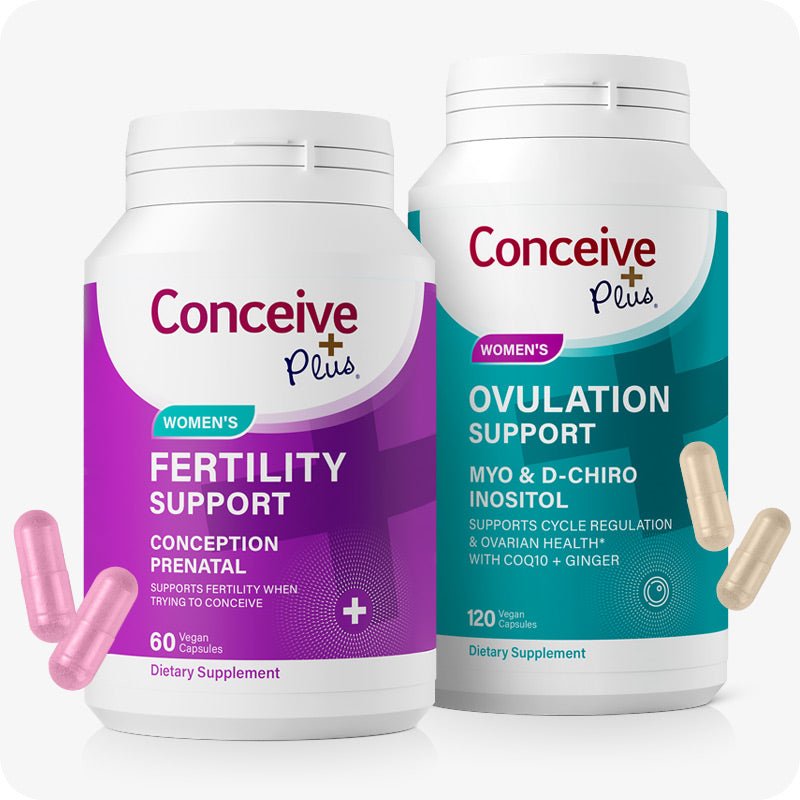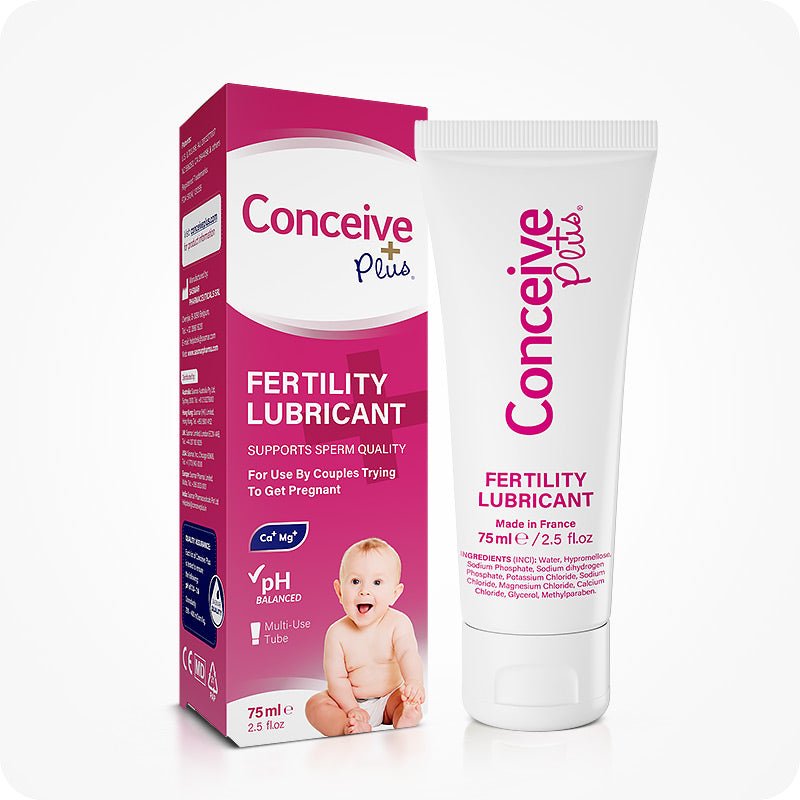Anatomical Pregnancy: Understanding the Anatomy and Complexities of Pregnancy

Pregnancy is a remarkable process that involves intricate anatomical and physiological changes, particularly in the uterus, to support the growth and development of a baby. These changes are central to what is often referred to as an anatomical pregnancy, a term highlighting the structural and functional adaptations of the reproductive organs during gestation.
The Role of the Uterus in Pregnancy
The uterus is the focal point of many anatomical changes during pregnancy. As the organ where the fertilized egg implants and grows, the uterus transforms significantly to accommodate the developing fetus. Initially, the uterus is about the size of a fist, but as pregnancy progresses, it expands up to 20 times its original size to house the growing baby [1].
For a uterus pregnant, the walls thicken early in pregnancy to provide a protective environment. This is driven by hormonal shifts, particularly in progesterone and estrogen, which stimulate increased blood flow and the formation of the decidua, a specialized lining that supports the placenta. The placenta itself becomes a vital anatomical structure, serving as the interface for nutrient and oxygen exchange between mother and baby.
Anatomical Adjustments Beyond the Uterus
Pregnancy affects more than just the uterus; it involves the adaptation of various anatomical systems. For example:
- Abdominal Cavity Expansion: As the uterus grows, it shifts other organs, including the stomach, intestines, and bladder. This can lead to common pregnancy symptoms such as heartburn, indigestion, and frequent urination [2].
- Musculoskeletal Changes: To support the added weight, the spine adjusts its curvature, and the pelvis expands to prepare for childbirth. These changes can sometimes cause back pain or discomfort [3].
- Breast Tissue Development: Hormonal changes also stimulate breast tissue growth, preparing the body for breastfeeding after delivery [4].
Common Concerns in Anatomical Pregnancy
While the body is designed to adapt to pregnancy, certain conditions can complicate these anatomical changes. These include:
- Uterine Abnormalities: Conditions like a bicornuate uterus (a uterus with two cavities) or a septate uterus (a uterus with a fibrous band dividing it) can impact implantation and fetal growth. For individuals with such abnormalities, the risk of miscarriage or preterm birth may be higher [5].
- Placenta Issues: Placenta previa, where the placenta covers the cervix, can pose challenges during delivery. Similarly, placenta accreta, where the placenta attaches too deeply to the uterine wall, requires careful medical management [6].
- Cervical Insufficiency: In some cases, the cervix may not remain closed during pregnancy, leading to potential complications such as preterm labor.
Monitoring Anatomical Pregnancy
Advancements in medical imaging, particularly ultrasounds, have made it easier to monitor the structural aspects of pregnancy. During routine scans, healthcare providers assess the uterus pregnant to ensure it is expanding appropriately and the fetus is developing within the correct anatomical location.
In early pregnancy, ultrasounds confirm the presence of a gestational sac and its position within the uterus. This is crucial to rule out ectopic pregnancies, where the fertilized egg implants outside the uterus, often in a fallopian tube. As pregnancy progresses, imaging evaluates fetal growth, amniotic fluid levels, and the placement of the placenta, offering vital insights into both maternal and fetal health. Tracking these anatomical and physiological changes can be easier with tools like a pregnancy calendar by weeks, which provides a week-by-week guide to fetal development and maternal health.
The Importance of a Healthy Uterus
The condition of the uterus is critical for the success of any pregnancy. Factors such as uterine scarring from previous surgeries or infections can impact fertility and pregnancy outcomes. Similarly, fibroids—benign growths within the uterine wall—can sometimes interfere with implantation or lead to complications during delivery.
Maintaining uterine health is essential, particularly for those planning to conceive. Regular gynecological checkups, a balanced diet, and avoiding harmful substances like tobacco and excessive alcohol can promote optimal reproductive health.
When Anatomical Pregnancy Becomes Complicated
In some cases, anatomical changes during pregnancy can lead to high-risk situations. For instance:
- Multiple Pregnancies: Carrying twins or triplets places additional strain on the uterus, increasing the likelihood of preterm birth or uterine rupture.
- Incompetent Cervix: A cervix that cannot stay closed under the pressure of a growing uterus may require medical interventions like a cerclage (stitching the cervix closed).
- Uterine Rupture: Although rare, this serious complication can occur in pregnancies following a cesarean delivery, especially if there is scarring on the uterine wall.
Understanding these risks allows for early intervention and better management of potential complications.
The Bottom Line
An anatomical pregnancy highlights the incredible adaptations the body undergoes to support new life. From the transformative role of a uterus pregnant to the broader anatomical adjustments across various systems, pregnancy is a testament to the body's resilience and complexity. Whether navigating typical changes or addressing complications, understanding the anatomy of pregnancy empowers individuals to make informed decisions about their health and well-being.
References:
- Riemer RK, Heymann MA. Regulation of uterine smooth muscle function during gestation. Pediatr Res. 1998 Nov;44(5):615-27. doi:10.1203/00006450-199811000-00001. PMID: 9803440.
- Eucker D, Rüedi N, Luedtke C, et al. Abdominal Wall Expanding System. Intraoperative Abdominal Wall Expansion as a Technique to Repair Giant Incisional Hernia and Laparostoma. New and Long-Term Results From a Three-Center Feasibility Study. Surgical Innovation. 2022;29(2):169-182. doi:10.1177/15533506211041477
- Fiat F, Merghes PE, Scurtu AD, Almajan Guta B, Dehelean CA, Varan N, Bernad E. The Main Changes in Pregnancy-Therapeutic Approach to Musculoskeletal Pain. Medicina (Kaunas). 2022 Aug 17;58(8):1115. doi:10.3390/medicina58081115. PMID: 36013582; PMCID: PMC9414568.
- Bayer CM, Bani MR, Schneider M, Dammer U, Raabe E, Haeberle L, Faschingbauer F, Schneeberger S, Renner SP, Fischer D, Schulz-Wendtland R, Fasching PA, Beckmann MW, Jud SM. Assessment of breast volume changes during human pregnancy using a three-dimensional surface assessment technique in the prospective CGATE study. Eur J Cancer Prev. 2014 May;23(3):151-7. doi: 10.1097/CEJ.0b013e3283651ccb. PMID: 24100511.
- Hosseinirad H, Yadegari P, Falahieh FM, Shahrestanaki JK, Karimi B, Afsharzadeh N, Sadeghi Y. The impact of congenital uterine abnormalities on pregnancy and fertility: a literature review. JBRA Assist Reprod. 2021 Oct 4;25(4):608-616. doi: 10.5935/1518-0557.20210021. PMID: 34224238; PMCID: PMC8489822.
- Anderson-Bagga FM, Sze A. Placenta Previa. [Updated 2023 Jun 12]. In: StatPearls [Internet]. Treasure Island (FL): StatPearls Publishing; 2024 Jan-. Available from: https://www.ncbi.nlm.nih.gov/books/NBK539818/













